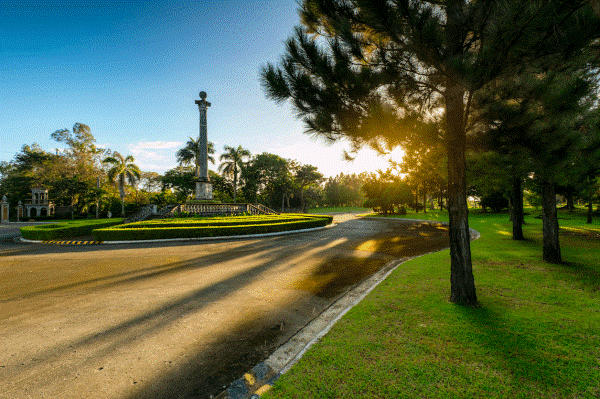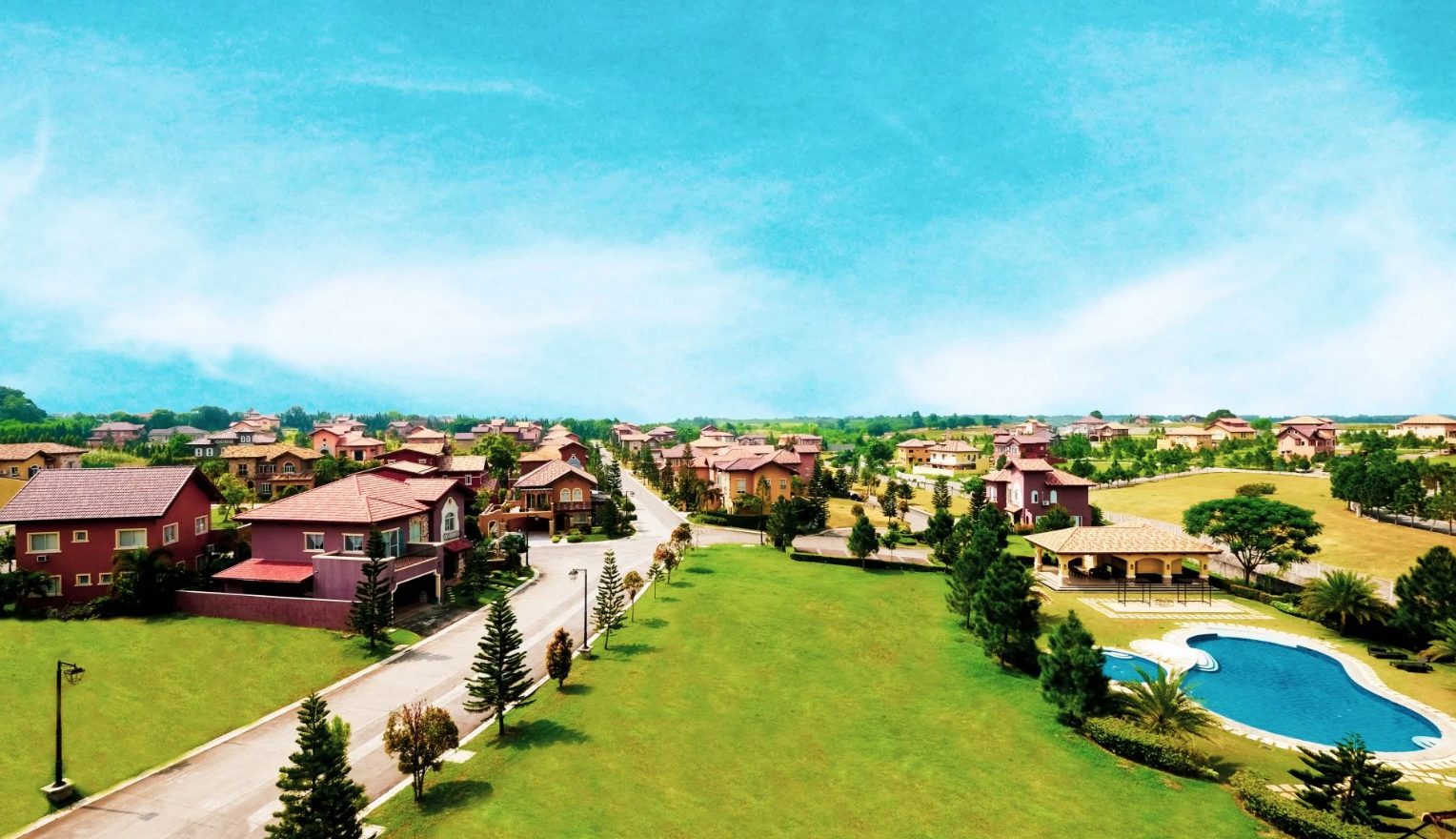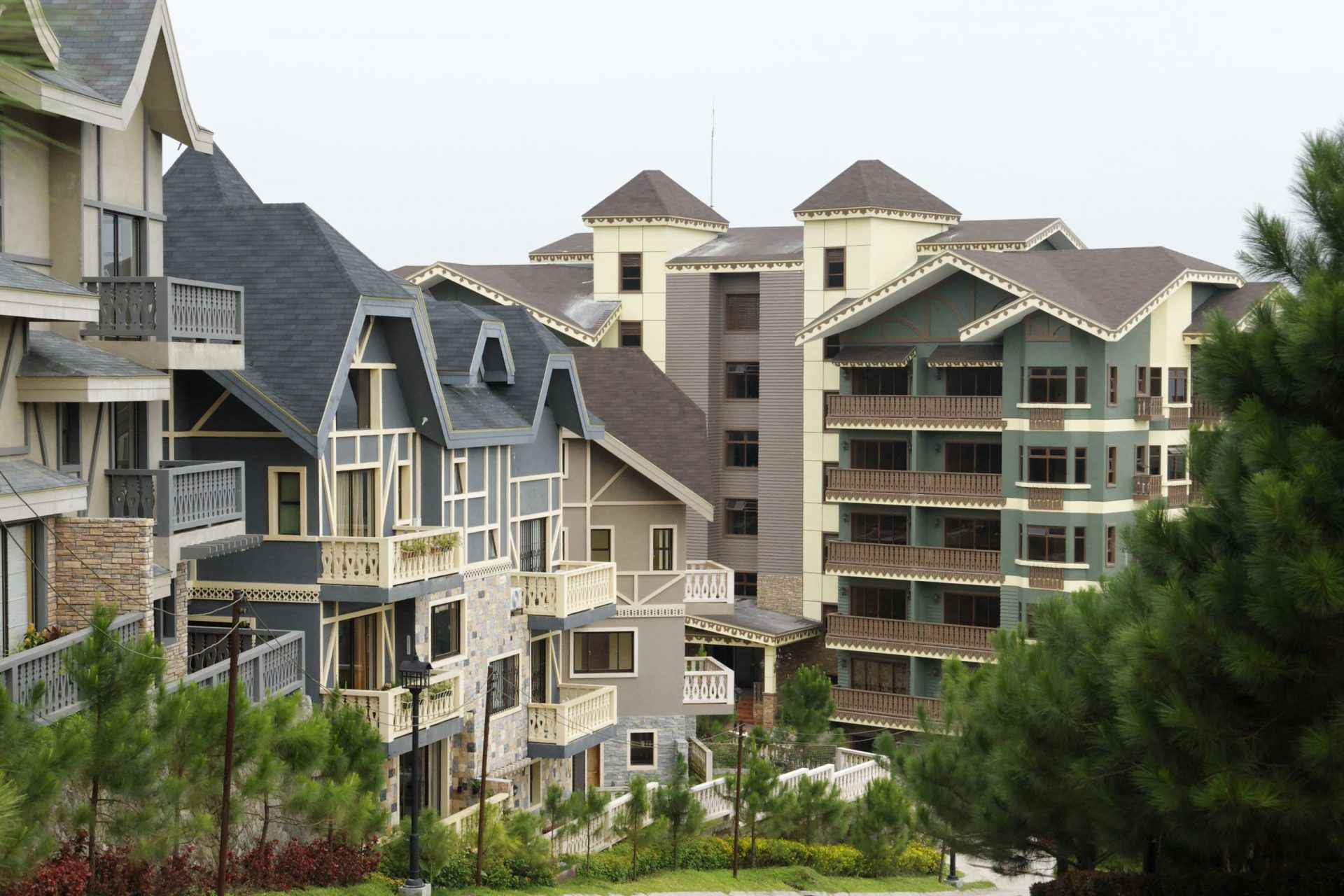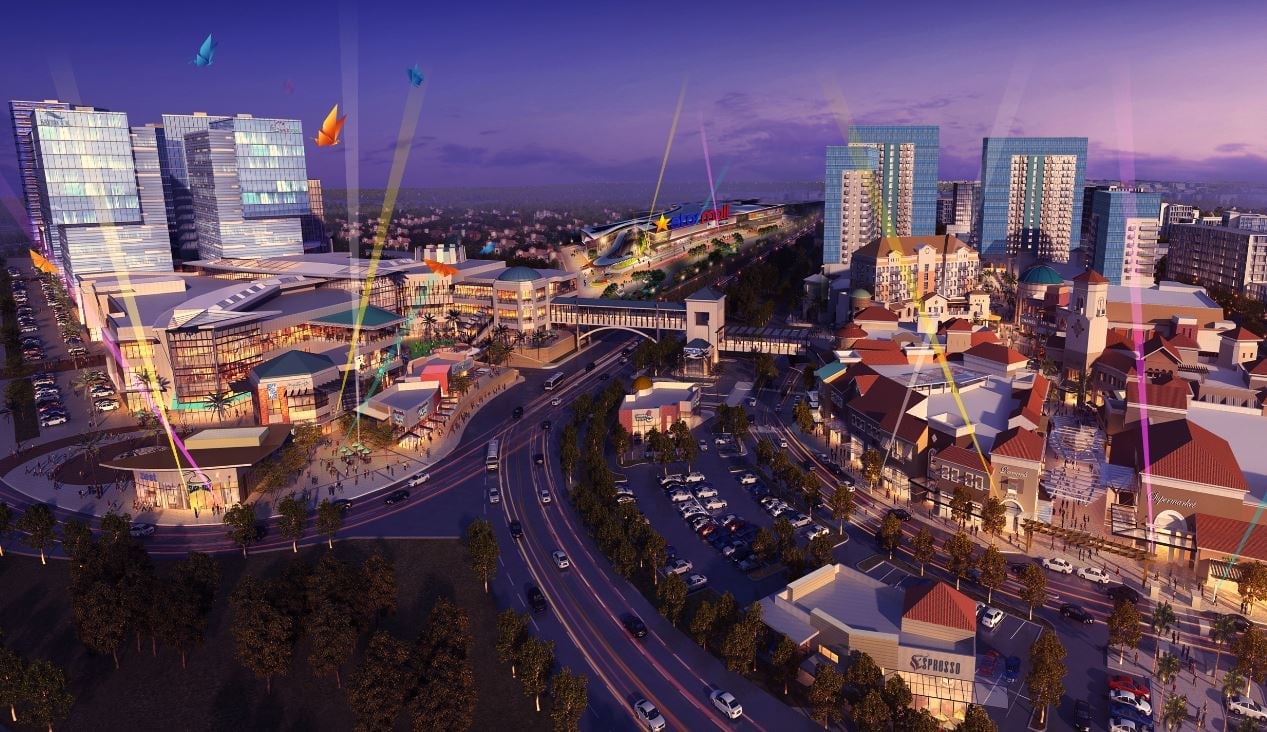BLOGS
Gearing Up: Mountaineering Gears For Your First Summit
“Gearing up with the right mountaineering equipment is crucial for a successful and safe climb.”
The first steps toward your first summit are always the hardest.
You’re not sure what to expect, and you’re excited to get there, but then reality sets in. It’s cold, windy, and dangerous up top. You might be a little nervous, or maybe you’re just excited to see what lies ahead. Either way, you want to ensure you’re prepared for the climb ahead.
It is one of the most rewarding experiences you’ll ever have. But if you want to make it even more special, you’ll need some climbing gear that can help keep you alive during those first few moments of panic when all your instincts are telling you to turn around and go down again.
What is mountaineering?
It is a sport or activity that involves climbing mountains, typically with the goal of reaching the summit or peak. It can involve a variety of climbing techniques, including hiking, rock climbing, ice climbing, and snow climbing.
Mountaineering is a popular activity that can be done for leisure, scientific inquiry, or as a sport. Ropes, harnesses, and other safety gear are common examples of specialized equipment and technical know-how that are prerequisites. It’s important to get the right training and instruction and prioritize safety on the mountain, as the experience can be both challenging and rewarding but also fraught with dangers like falls, avalanches, and altitude sickness.
Different types of mountaineering
Mountaineering is a challenging and technical climbing form involving scaling mountains and high-altitude environments. Here are some of the different types of mountaineering:
- Expedition mountaineeringExpedition mountaineering involves climbing high-altitude peaks that require multiple days or even weeks of climbing, often involving setting up base camps, acclimatization, and challenging weather conditions.
- Alpine mountaineeringAlpine mountaineering is a form that involves climbing in high-altitude environments with snow and ice. It often involves a combination of hiking, rock climbing, and snow and ice climbing.
- Technical mountaineeringTechnical mountaineering involves using specialized gear and advanced technical skills to climb challenging routes on high-altitude peaks. It often involves technical rock climbing, ice climbing, and mixed climbing.
- Ski mountaineeringSki mountaineering involves using skis to ascend and descend high-altitude peaks, often involving skiing on steep slopes and glaciers.
- Adventure mountaineeringAdventure mountaineering involves exploring and climbing mountains in remote and less-traveled regions. It often involves a combination of hiking, backpacking, and climbing.
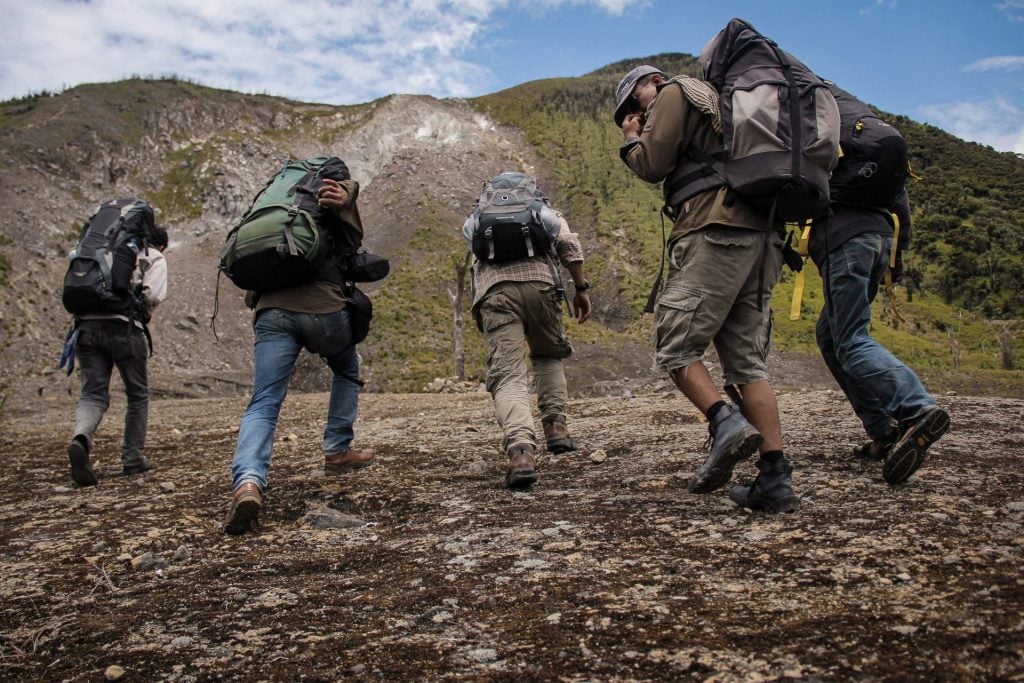
Mountaineering Gears and Tools for your first summit
Mountaineering is dangerous and physically demanding, especially at higher elevations, so you must be well-prepared before attempting your first summit.
Having the right equipment will not only ensure your physical well-being and comfort on the mountain but will also improve your climbing performance and make the trip more enjoyable. If you’re now planning for an enjoyable claiming adventure, be sure to carry these essentials with you:
- Helmet
A climbing helmet protects your head from falling rocks, ice, and debris. Choose a helmet that fits well and is comfortable to wear.
- Harness
A climbing harness is used for attaching yourself to the rope for protection in case of a fall. Choose a harness that fits snugly and is adjustable for comfort.
- Climbing Rope
A climbing rope is used for protection and to belay or rappel down steep or dangerous sections of the climb. Choose a rope that is appropriate for the type of climb and is long enough for the route.
- Carabiners and quickdraws
Carabiners and quickdraws connect your harness to the rope and protect the climber in case of a fall. Choose high-quality, lightweight carabiners and quickdraws that are appropriate for the climb.
- Climbing shoes
Climbing shoes are specially designed for climbing and provide good grip and support on rock or ice. Choose shoes that fit well and are comfortable to wear for long periods.
- Ice axe and crampons
If climbing in icy or snowy conditions, you need an ice axe and crampons for traction and support. Choose an axe and crampons appropriate for the type of climb and fit well with your boots.
- Clothing
Dress in layers to regulate your body temperature and protect yourself from the elements. It should be made of lightweight, breathable, and waterproof materials, and consider the specific weather conditions of your climb.
- Backpack
A climbing backpack is essential for carrying all your gear, supplies, food, and water. Have a backpack that is comfortable to wear and has enough capacity for at least all of your gear.
- Navigation tools
Bring a map, compass, and GPS device on your checklist to help you navigate the climb and how stay on course.
- First aid kit
A basic first aid kit is essential for treating injuries or an emergency on the climb. Include bandages, antiseptic, pain relievers, and emergency supplies.
Takeaways: Remember you need to receive proper training and instruction before attempting to go on a climb, and always prioritize safety. The right gear is an important step toward a successful and enjoyable climb.
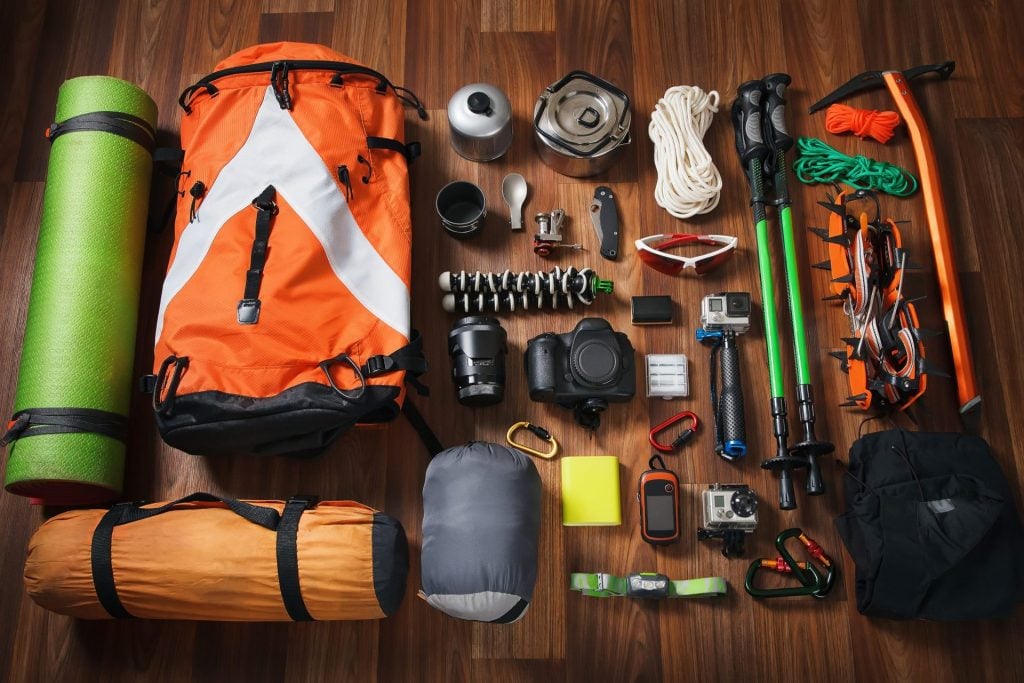
What is the most essential element in mountaineering and climbing?
The most essential element in mountaineering and climbing is safety. Mountaineering and climbing can be inherently dangerous, and it’s crucial to prioritize safety at all times. This includes proper planning and preparation before the climb, including assessing the weather conditions, route selection, gear selection, and receiving proper training and instruction.
During the climb, it’s important to follow safety protocols, such as using protective gear, checking and rechecking knots and gear, and staying aware of your surroundings and potential hazards. Additionally, it’s important to be prepared for emergencies and plan for handling unexpected situations, such as injuries or inclement weather. Prioritizing safety helps prevent accidents and injuries and allows for a more enjoyable and successful climb.
What are the Ten essentials of Mountaineering?
There are several essential elements in mountaineering that are crucial to ensure a safe and successful climb.
-
Physical fitness
Mountaineering can be a physically demanding activity requiring strength, endurance, and agility. It’s important to maintain good physical fitness and train specifically for the type of climbing you plan to undertake.
-
Technical skills
Mountaineering often involves a variety of climbing techniques, such as hiking, rock climbing, ice climbing, and snow climbing. It’s important to have the necessary technical skills and experience for the type of climbing you plan to undertake.
-
Planning and preparation
Proper planning and preparation are crucial for a safe and successful climb. This includes assessing weather conditions, selecting a suitable route, and ensuring you have the necessary gear and supplies.
-
Protective gear
Mountaineering requires specialized gear, such as helmets, harnesses, ropes, carabiners, and crampons, to protect against falls, impacts, and other hazards. It’s important to choose high-quality gear appropriate for the type of climb.
-
Navigation skills
Navigational skills, including the ability to read maps and use a compass and GPS, are essential for staying on course and avoiding getting lost.
-
Communication
Communication is important for coordinating with climbing partners, reporting emergencies, and seeking help. It’s important to have a plan for communication, such as using two-way radios or emergency signaling devices.
-
Safety protocols
Following safety protocols, such as checking and double-checking knots and gear, staying aware of your surroundings, and avoiding unnecessary risks, is crucial for preventing accidents and injuries on the mountain.
- Leadership Skills
Climbing alone is nearly impossible. Mountaineering requires teamwork, trust, and care. Mountaineering is unlike most team sports because nature is your biggest opponent and your life may depend on your partner.
- Survival Skills
Every mountain climber also needs to be strong physically and mentally, have endurance, be tough, and be smart. Preparation is very important for every group climbing trip. You should know your route well and be aware of any possible dangers. Make sure you have food and water on hand.
-
Climbing Skills
In order to become a mountaineer, you have to learn the basics of climbing. To be a mountaineer, you don’t have to be an expert rock climber, but you do need to know how to use a harness, tie a rope, belay, and rappel. You can learn these skills by going to a climbing gym for a few days or taking a class on mountaineering. But nothing teaches you more about climbing than doing it, and the best way to learn and improve your climbing skills is to practice in areas set aside for people just starting. Climbing skills are mostly about movements and techniques, but they also involve the mind as well as the body.
Prioritizing these essential elements can help ensure a safe and successful climb and make the overall experience more enjoyable and rewarding.
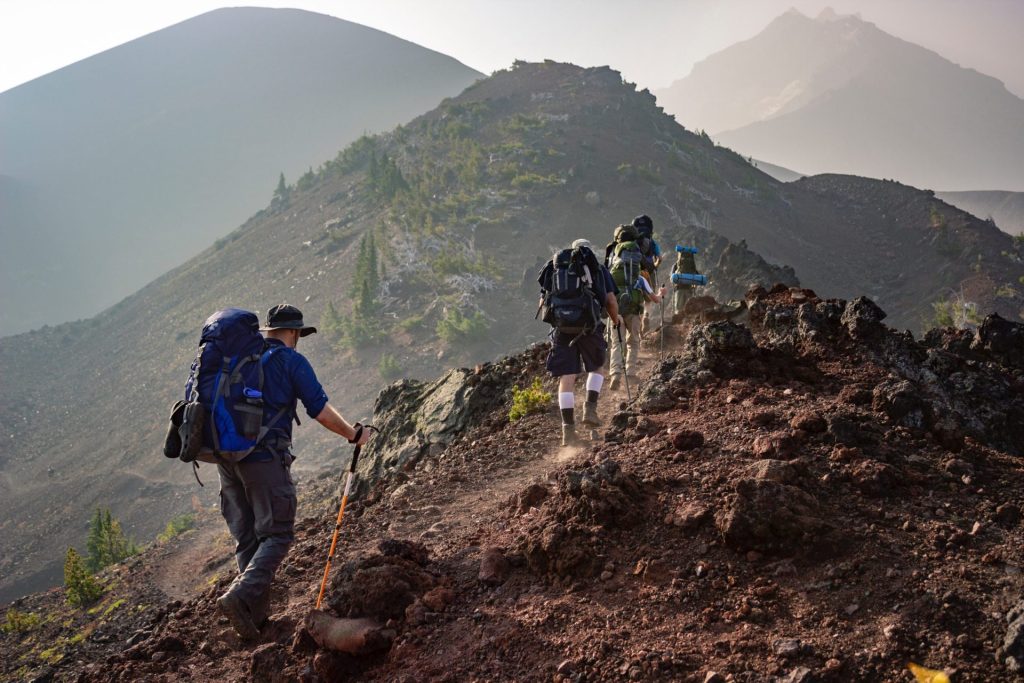
Benefits of Mountaineering
Mountaineering can offer several benefits, including:
- Physical fitness: Mountaineering is a physically demanding activity that can improve overall fitness, strength, and endurance. It can also provide a full-body workout, as it engages muscles throughout the body.
- Mental health: Mountaineering can have positive effects on mental health, as it can promote stress relief, relaxation, and an overall sense of well-being. It can also help to build self-confidence and provide a sense of accomplishment and personal achievement.
- Outdoor recreation: Mountaineering provides an opportunity to spend time in nature and explore new environments. It can offer a break from the stresses of daily life and provide a chance to connect with the natural world.
- Personal growth: Mountaineering can be a challenging and rewarding experience that can push individuals beyond their comfort zones and encourage personal growth. It can also provide opportunities for problem-solving, decision-making, and leadership development.
- Social Connections: Mountaineering can be a social activity that provides opportunities to connect with others who share similar interests and passions. It can also offer opportunities for team-building and collaborative problem-solving.
- Environmental awareness: Mountaineering can foster a sense of environmental awareness and promote conservation efforts. It can also provide opportunities to learn about different ecosystems and the impact of human activity on the natural world.
Mountaineering spots in Davao, Philippines
A trip to Davao City wouldn’t be complete without seeing the beautiful mountains or “Peaks.” There are many beautiful mountains that you can visit to relax, spend your vacation on top of, and breathe in the great fresh air. Wherever you feel most alive, go there. Some of the most popular mountains in Davao are:
-
Mount Apo
The highest mountain in the Philippines, Mount Apo stands at an elevation of 2,954 meters. It is located on the border of Davao City and North Cotabato and is a favorite destination for hikers and climbers.
-
Mount Talomo
Located in the Davao del Sur province, Mount Talomo stands at an elevation of 2,674 meters. It is known for its rugged terrain and challenging climb, but hikers are rewarded with stunning views of the Davao Gulf.
-
Mount Hamiguitan
A UNESCO World Heritage Site, Mount Hamiguitan is located in the province of Davao Oriental. It is home to unique plant species and offers a scenic climb with views of the Pacific Ocean.
-
Mount Candalaga
Also located in Davao Oriental, Mount Candalaga is a popular destination for hikers and climbers. It stands at an elevation of 1,876 meters and offers panoramic views of the surrounding mountains and valleys.
-
Mount Kampalili
Located in the Davao del Norte province, Mount Kampalili stands at 1,830 meters. It offers a challenging climb with stunning views of the nearby Samal Island.
These are just a few of the mountains in Davao that offer exciting outdoor adventures for visitors. It is important to note that climbing these mountains requires proper preparation and gear, so research and plan accordingly before embarking on your adventure.
Benefits of Living in a condominium in Davao, Philippines
Buying a condo in Davao will get you close to the mountains and other natural attractions there. Moreover, it is known for its strict security measures and low crime rate, making it a safe place to live. Compared to other major cities in the Philippines, it offers a more affordable cost of living, including lower housing costs, transportation, and food expenses.
Davao is home to various ethnic groups and offers a diverse cultural experience, including local festivals, traditional cuisine, and crafts. Davao City is known for its efficient and transparent governance, with a strong focus on public service and sustainable development.
Conclusion
Gearing up with the right mountaineering equipment is crucial for a successful and safe climb. Whether it’s your first time on a summit or you’re an experienced climber, having the proper gear can make all the difference. From the basics, such as a good pair of hiking boots and a sturdy backpack, to more technical gear, such as ropes and harnesses, it’s climbing equipment important to have the appropriate equipment for your climb.
By investing in high-quality gear and taking the time to prepare for your ascent properly, you can ensure a successful and memorable mountaineering experience. So, remember to research, consult with experienced climbers, and prioritize safety when gearing up for your first summit.
Suggested Read: Health Emergency Response: What You Need To Know
Suggested Read: The Science Of Luxury Sporting: Mountaineering
Suggested Read: How To Prepare For Long Bike Rides
Suggested Read: Philippine Real Estate Laws Guide
Suggested Read: Must-Have Items For 2022





